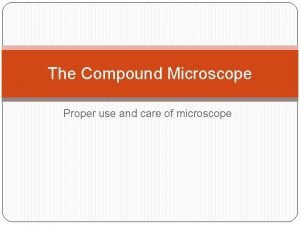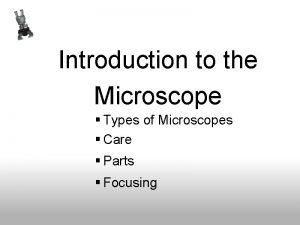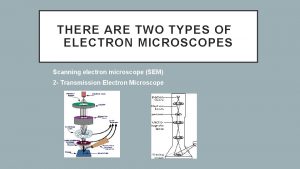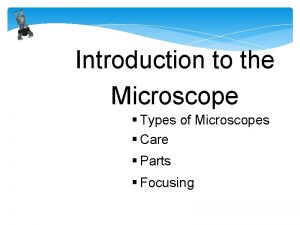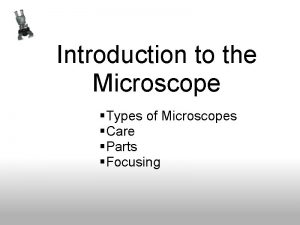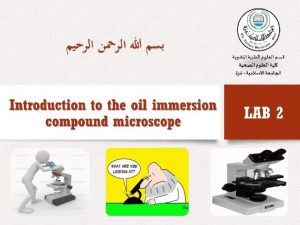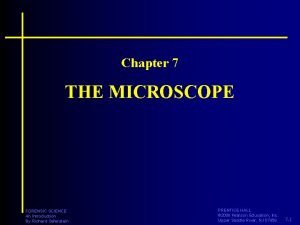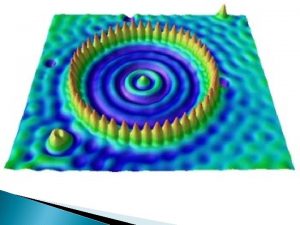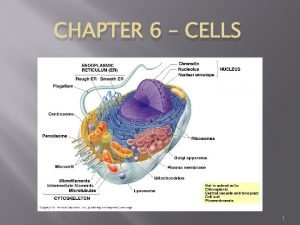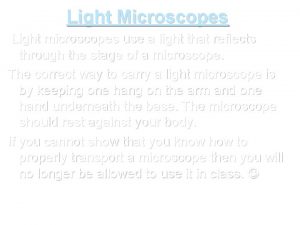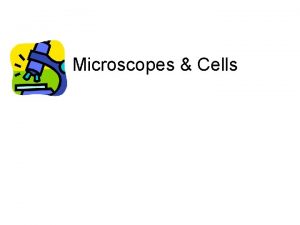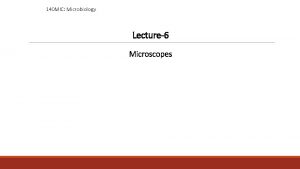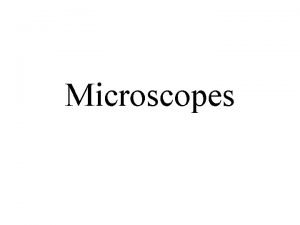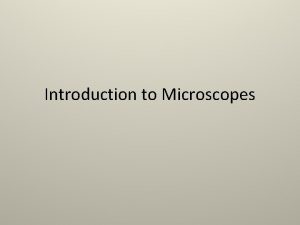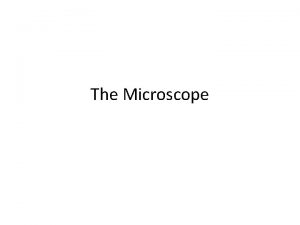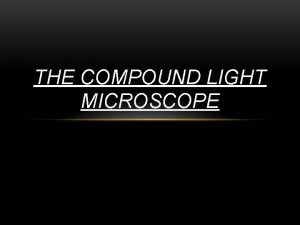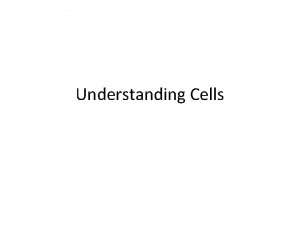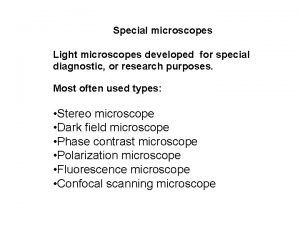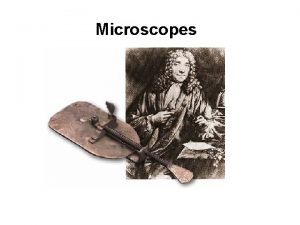Super Cells Types of Microscopes Compound light microscopes














- Slides: 14

Super Cells!

Types of Microscopes • Compound light microscopes use a series of lenses to refract light.

Types of Microscopes • Stereoscopic Dissecting- uses binocular vision to view larger specimen

Types of Microscopes • Electron Microscope- uses a beam of electrons to view extremely small objects like atoms; there are 2 types: – Scanning- scans the 3 D surface of the object – Transmission- sees within a thin slice of the object


Introduction to the Microscope §Care §Parts §Focusing

• • • Always carry with 2 hands Only use lens paper for cleaning Do not force knobs Always store covered Keep objects clear of desk and cords

Eyepiece Body Tube Revolving Nosepiece Objective Lens Stage Clips Diaphragm Light Arm Stage Coarse Focus Fine Focus Base

• Place the Slide on the Microscope • Use Stage Clips • Click Nosepiece to the scanning (shortest) setting • Look into the Eyepiece • Use the Coarse Focus

• • Follow steps to focus using low power Click the nosepiece to the longest objective Do NOT use the Coarse Focusing Knob Use the Fine Focus Knob to bring the slide What can you find on your slide?

For each observation • START OVER with step one for each NEW observation!

Magnification • Your microscope has 3 magnifications: Scanning, Low and High. Each objective will have written the magnification. In addition to this, the ocular lens (eyepiece) has a magnification. The total magnification is the ocular x objective • Eyepiece=10 x • Scanning=4 x Low=10 x High=40 x

Drawing Specimens 1. Make detailed drawing of exactly what you see! Make sure the specimen is drawn to scale. 2. LABEL what you are observing AND the TOTAL magnification. 3. LABEL any structures to the side and connect to a line.

Example
 Uses of a light microscope
Uses of a light microscope Types of microscopes
Types of microscopes Types of electron microscope
Types of electron microscope Types of microscopes
Types of microscopes Types of microscope
Types of microscope Light light light chapter 23
Light light light chapter 23 Light light light chapter 22
Light light light chapter 22 Chapter 22
Chapter 22 Superworm is super long
Superworm is super long Microscopes brainpop quiz answers
Microscopes brainpop quiz answers The purpose of microscope
The purpose of microscope Forensic science microscopes
Forensic science microscopes Which organelle breaks down food
Which organelle breaks down food Electron microscopes main idea
Electron microscopes main idea Development of paranasal sinuses
Development of paranasal sinuses
